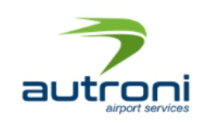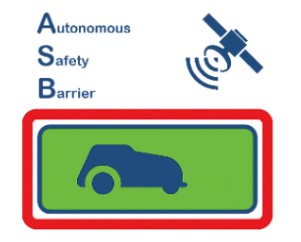
Objectives of the service
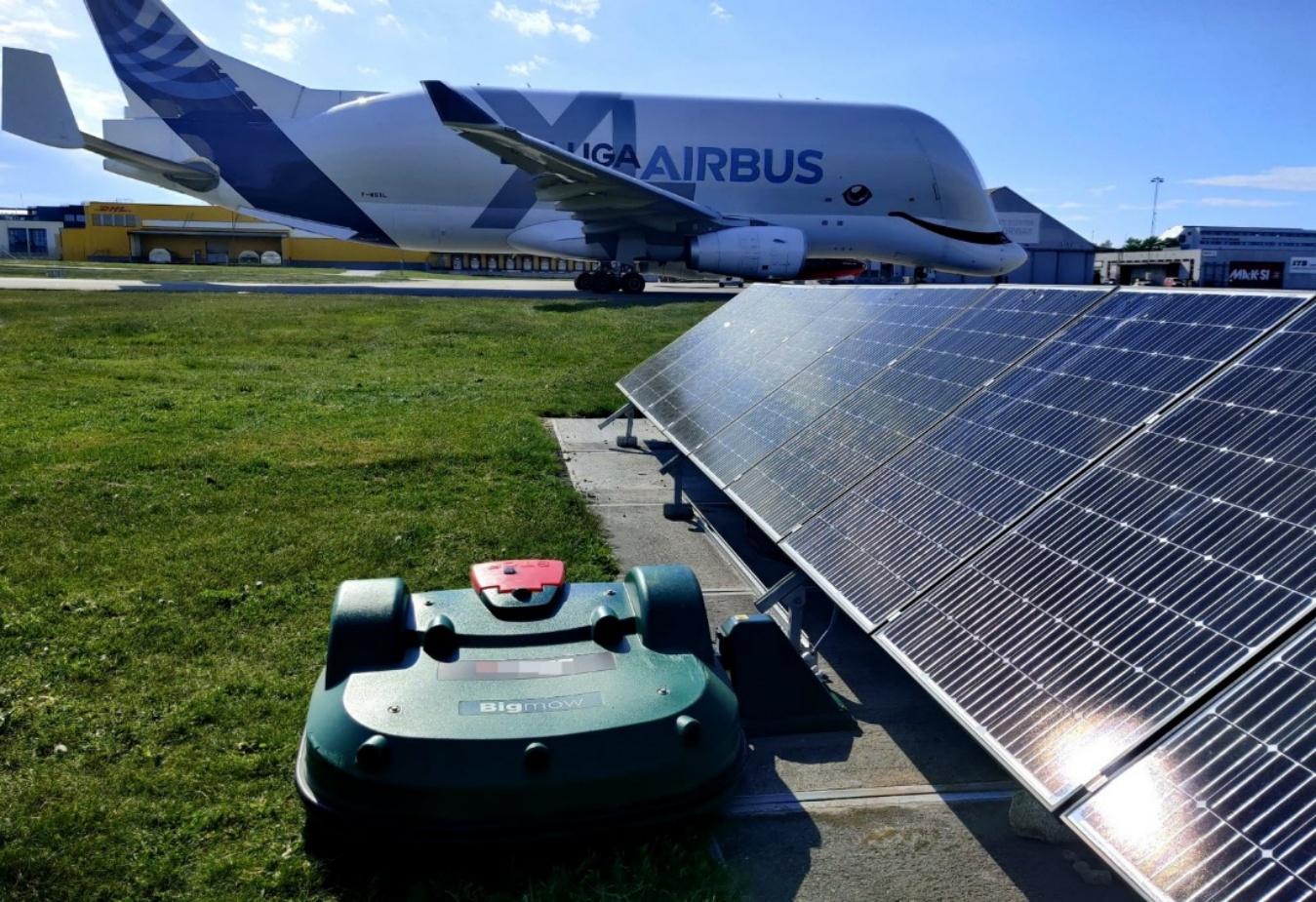
Runway incursions caused by ground vehicles remain a major aviation safety concern, disrupting airport operations and creating risks of collisions. The Autonomous Safety Barrier (ASB) addresses this challenge by creating a secure, virtual perimeter for both autonomous and manually operated vehicles at airports.
Since 2016, Autroni has deployed autonomous mowing solutions at airports. These operations consistently revealed the need for an additional safety layer to ensure that vehicles remain within designated areas. Until now, this has typically been solved with physical barriers, which are costly, inflexible, and prone to wear.
Building on years of operational experience and close collaboration with airport partners, the demand for an independent, third-party safety solution has become clear. ASB provides that missing layer, enabling safe deployment of autonomous services in sensitive areas.
By ensuring vehicles stay strictly within their designated zones, ASB reduces risks from both technical faults and human error. It also supports cleaner and more sustainable airport operations by facilitating the use of electric and solar-powered robotic mowers and other autonomous ground vehicles.
Users and their needs
Target users are international airports, airport operators, and airside operations personnel. The potential market is global, as airports worldwide face the same challenges in maintaining safety zones around runways and taxiways.
-
Airports: Require continuous grass maintenance without disrupting flight operations. Traditional methods rely on heavy tractors, which are costly, labour-intensive, consume fossil fuel, and often leave vegetation that attracts birds and wildlife, thereby increasing safety risks. By moving to autonomous, electrically driven mowers – with the option of 100% solar-powered operation – airports can reduce emissions, improve safety, and achieve more reliable maintenance.
-
Operations personnel: Need a reliable system that ensures autonomous mowers remain within designated areas, reducing manual oversight and safety risks.
-
All airports: Operate under strict safety and security requirements and seek independent systems that not only provide robust protection against interference or misuse, but also reduce the consequences of human error.
Sola Airport (Avinor) in Norway and Schiphol in the Netherlands act as development partners, contributing operational feedback and requirements. Other airports – including Brisbane, Punta del Este (CAAP, Uruguay), Bologna, Changi, Hong Kong International, and Kassel – are engaged through Proof of Concept projects to explore the opportunities and limitations of robotic mowing.
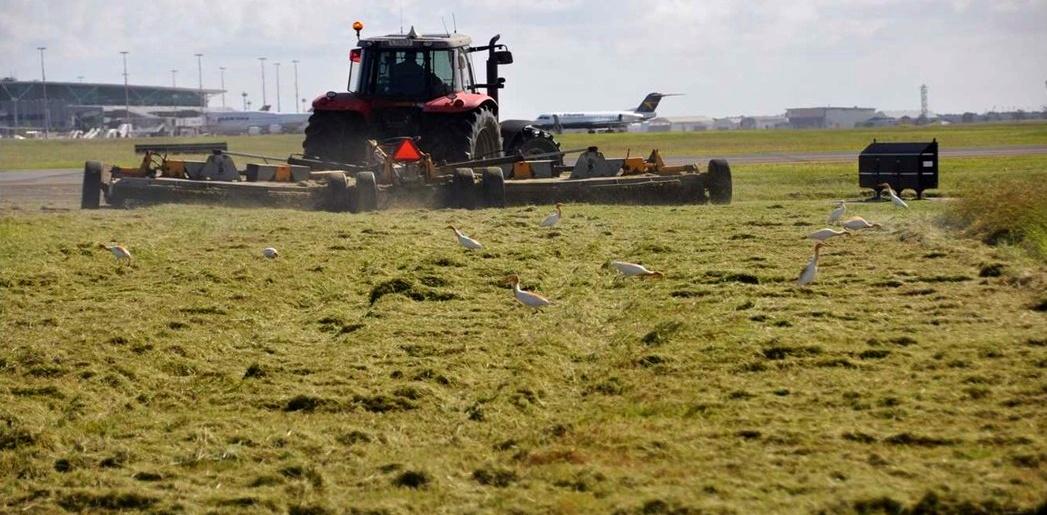
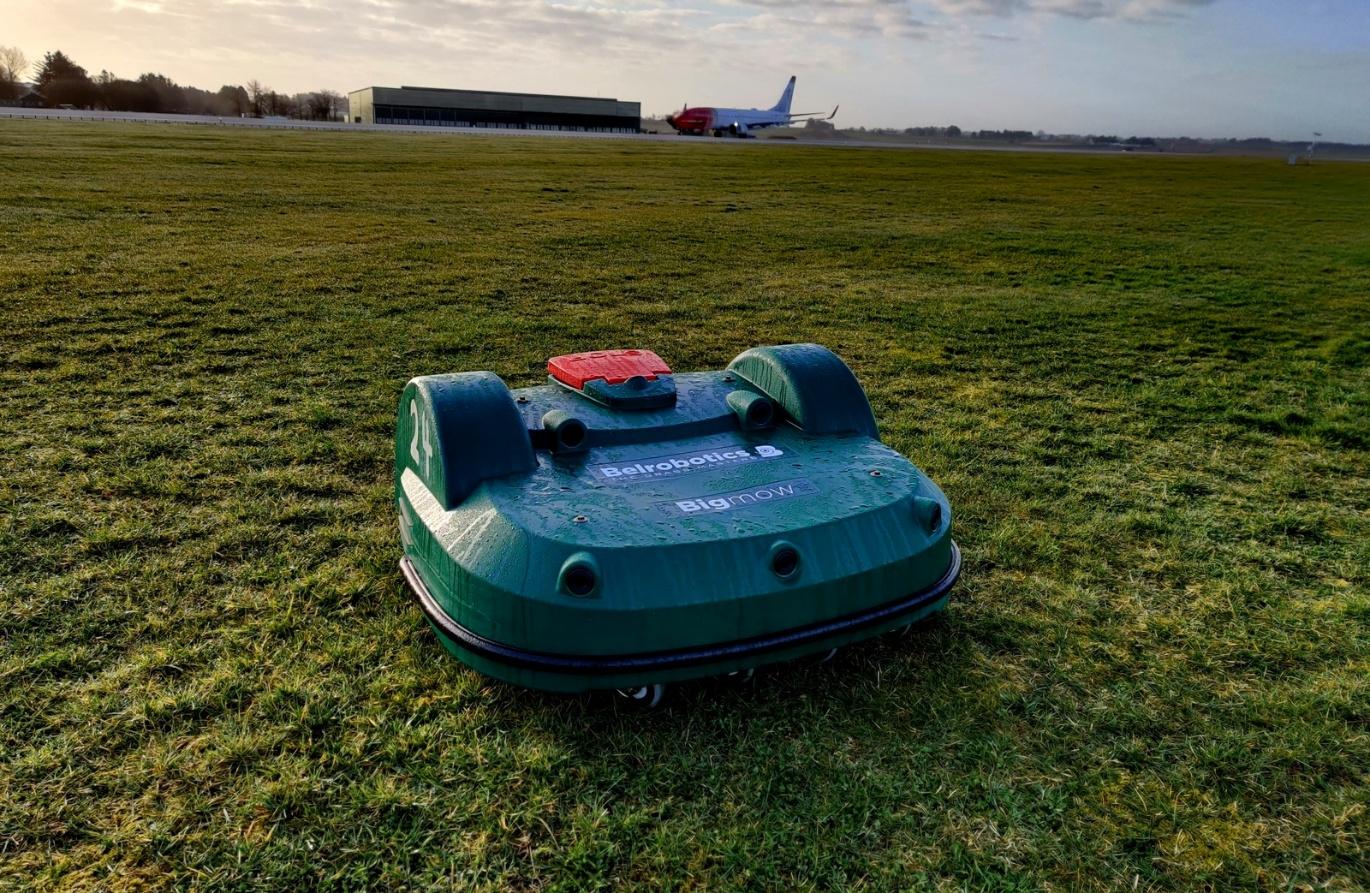
Service/ system concept
The Autonomous Safety Barrier (ASB) replaces physical fences with a virtual safety perimeter that ensures vehicles remain strictly within designated areas at airports. It acts as an independent, third-party safety layer that can be certified by authorities, providing trust and transparency beyond the equipment supplier.
The concept combines vehicle-mounted units, site infrastructure, and a monitoring interface:
-
Vehicle units are installed on autonomous or manned vehicles to enforce compliance with defined zones.
-
Site infrastructure provides the reference framework needed to define and secure these zones.
-
Operator interface offers real-time monitoring of status and events, giving airport staff full situational awareness.
-
Backend system manages configuration, event logs, and secure access control.
ASB applies equally to autonomous and conventional vehicles, offering a unified safety framework for airside operations. By preventing vehicles from leaving designated areas, the system reduces risks from both technical faults and human error, while supporting safe, sustainable airport operations.
Space Added Value
ASB relies on satellite navigation to define secure virtual perimeters for vehicles operating in sensitive airport areas. By making use of signals from global constellations, the system achieves the accuracy and reliability required in safety-critical environments.
The space-based approach removes the need for physical fencing or buried cables, which are costly, inflexible, and difficult to maintain. Instead, airports gain a scalable framework that can be applied consistently across different sites, regardless of size or geography.
The added value of space assets includes:
-
Precision: enabling vehicles to remain safely within designated areas.
-
Reliability: ensuring consistent operation even in complex airside environments.
-
Global reach: the same safety framework can be deployed worldwide.
-
Independent assurance: providing a trusted safety layer beyond the vehicle manufacturer.
By leveraging satellite navigation, ASB offers a solution that conventional ground-based systems alone cannot deliver, supporting safe, efficient, and sustainable operations at airports internationally.
Current Status
The ASB project has progressed from concept definition to the development of early prototypes. The overall system architecture is defined, and core modules are under integration and testing in controlled environments. Early versions of firmware, connectivity, and backend services are running, and first steps towards mechanical integration with robotic mowers are completed.
In parallel, Proof of Concept activities are ongoing at airports in Australia, South America, Asia, and Europe. These trials are currently carried out with physical safety barriers, providing valuable operational insight and user requirements for the future ASB system.
Avinor (Sola Airport) and Schiphol Airport have committed as development partners and are actively participating in the project by providing operational input, test areas, and validation. All participating airports confirm that an independent safety layer is considered essential to enable safe, large-scale deployment of autonomous mowing at airports worldwide.


